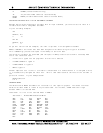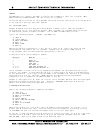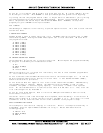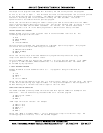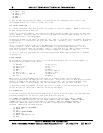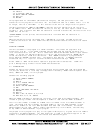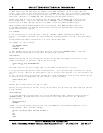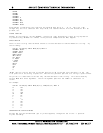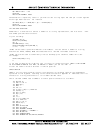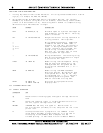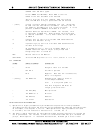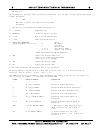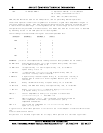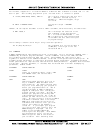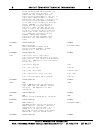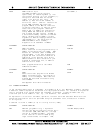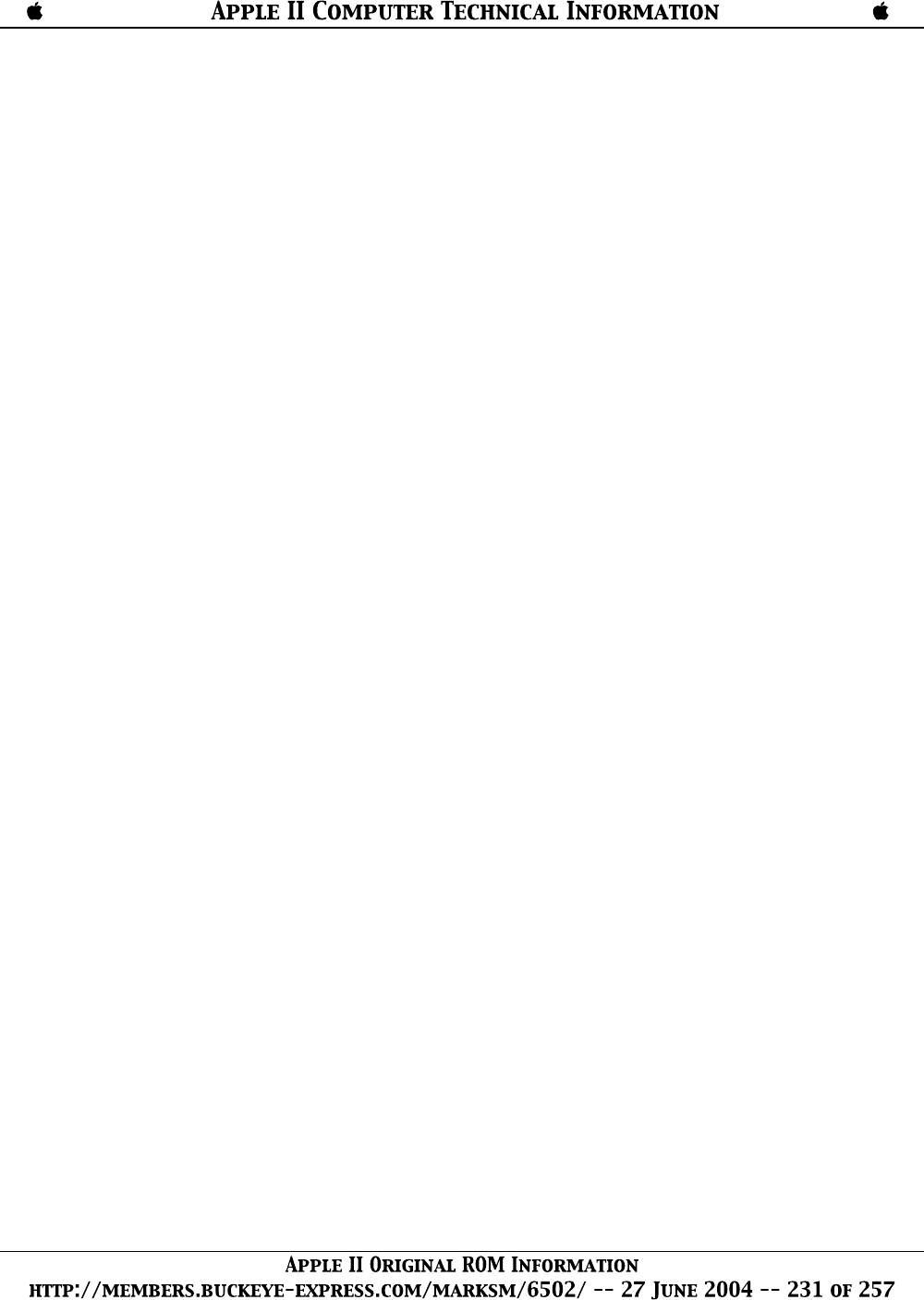
B$="BASIC FOR"+" "+A$
PRINT B$
BASIC FOR ROCKWELL R6500
Concatenation is especially useful if you wish to take a string apart and then put it back together
with slight modifications. For instance:
C$=LEFT$(B$,9)+"-"+MID$(B$,11,8)+"-"+RIGHT$(B$,5)
PRINT C$
BASIC FOR-ROCKWELL-R6500
VAL AND STRS FUNCTIONS
Sometimes it is desirable to convert a number to its string representation, and vice-versa. "VAL"
and "STR$" perform these functions.
Try the following:
STRING$="567.8"
PRINT VAL(STRING$)
567.8
STRING$=STR$(3.1415)
PRINT STRINGS$,LEFT$(STRING$,5)
3.1415 3.14
"STR$" can be used to perform formatted I/O on numbers. You can convert a number to a string
and then use LEFT$, RIGHT$, MID$ and concatenation to reformat the number as desired.
"STR$" can also be used to conveniently find out how many print columns a number will take.
For example:
PRINT LEN(STR$(3.157))
6
If you have an application in which a user is typing in a question such as "WHAT IS THE VOLUME
OF A CYLINDER OF RADIUS 5.36 FEET, OF HEIGHT 5.1 FEET?" you can use "VAL" to
extract the numeric values 5.36 and 5.1 from the question.
CHR$ FUNCTION
CHR$ is a string function which returns a one character string which contains the alphanumeric
equivalent of the argument, according so the conversion table in Appendix E. ASC takes the first
character of a string and converts it to its ASCII decimal value.
One of the most common uses of CHR$ is to send a special character to a terminal.
100 DIM A$(15)
110 FOR I=1 TO 15
120 READ A$(I)
130 NEXT I
120 F=0:I=1
130 IF A$(I)<=A$(I+1) THEN 180
140 T$=A$(I+1)
150 A$(I+1)=A$(I)
160 A$(I)=T$
170 F=1
180 I=I+1
185 IF I<15 THEN 130
190 IF F THEN 120
200 FOR I=1 TO 15
202 PRINT A$(I)
204 NEXT I
220 DATA AIM 65,DOG
230 DATA CAT,R6500
240 DATA ROCKWELL,RANDOM
250 DATA SATURDAY,"***ANSWER***"
260 DATA MICRO,FOO
270 DATA COMPUTER,MED
280 DATA NEWPORT BE-ACH,DALLAS,ANAHEIM



